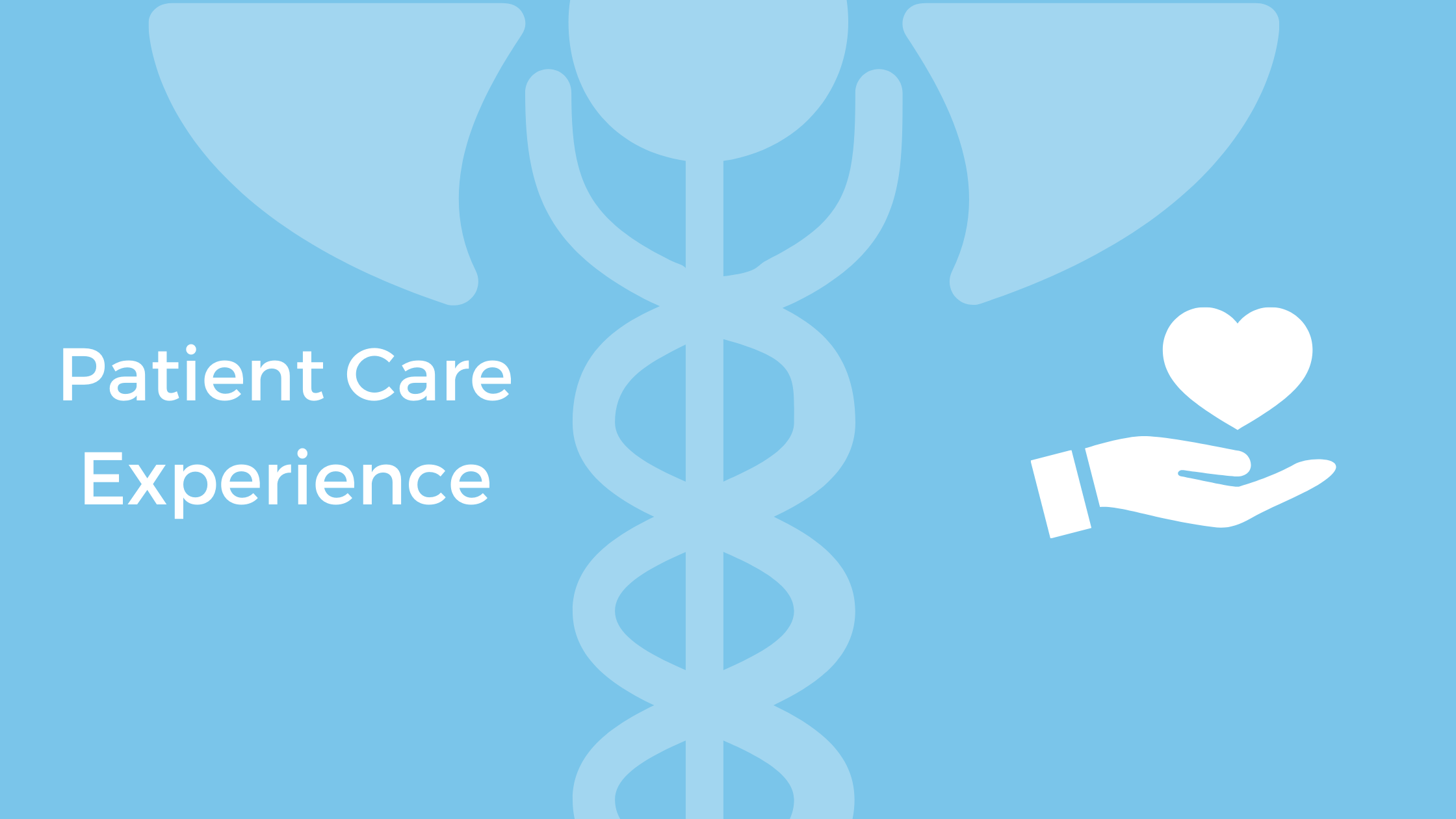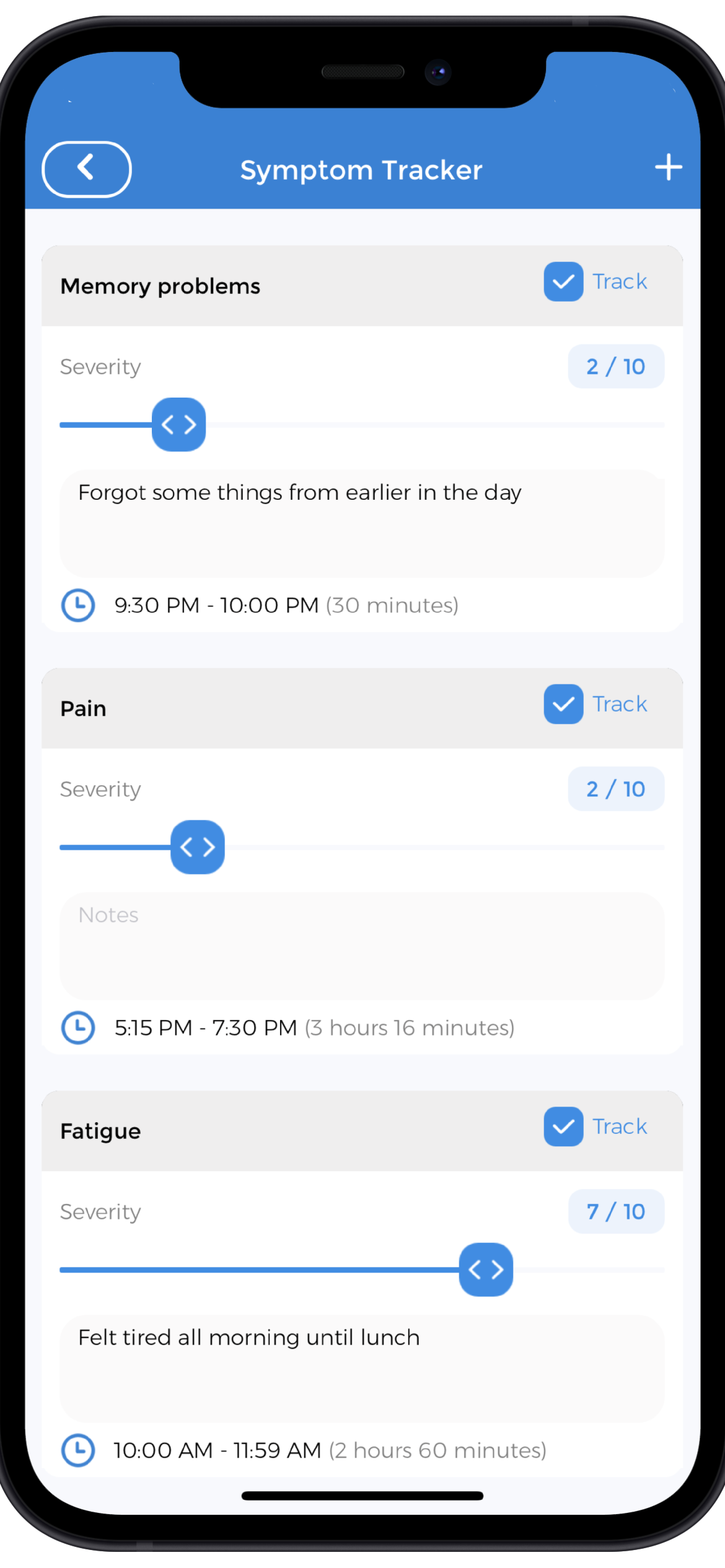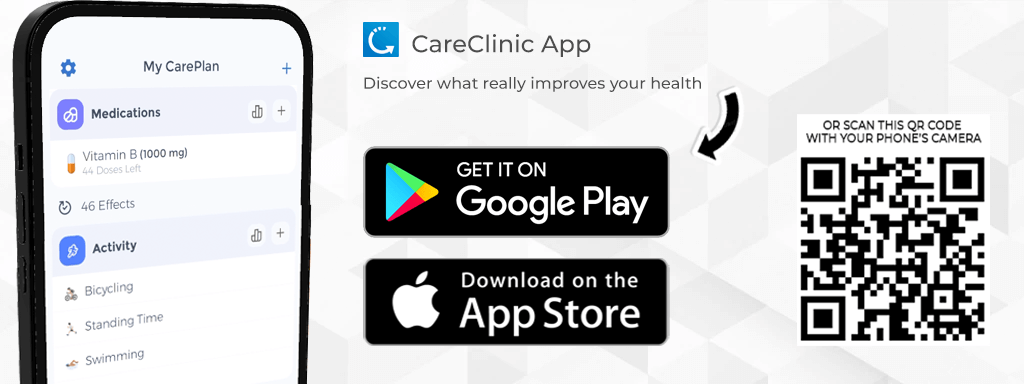 Improving the patient care experience is crucial to obtaining positive health outcomes in the community. When visiting your doctor, you hope for a smooth and pleasant interaction. Unfortunately this is not always the case. There are many factors that can reduce the quality of this patient care experience. Some examples of these factors include appointment waiting time, visit duration and the physician to patient ratio. If we can identify and improve some of these factors, then the functioning of the health system, and therefore our overall physical health, will be better for it.
Improving the patient care experience is crucial to obtaining positive health outcomes in the community. When visiting your doctor, you hope for a smooth and pleasant interaction. Unfortunately this is not always the case. There are many factors that can reduce the quality of this patient care experience. Some examples of these factors include appointment waiting time, visit duration and the physician to patient ratio. If we can identify and improve some of these factors, then the functioning of the health system, and therefore our overall physical health, will be better for it.
Cognitive bias is one such factor that is reducing the quality of our patient care experience. Cognitive bias is not so easy to measure as something like appointment waiting time, but is still very important. However before we can begin to tackle cognitive bias, we should first have a good grasp of the different types of cognitive bias and where they might originate from.
What is cognitive bias?
The human brain processes huge amounts of information every day. Every time we perceive or recall something, our brains engage in complex processes to help us function at our best. Because of the sheer amount of information we have to deal with, our brains have developed clever ways to process this information quickly and efficiently. Generally, these are known as cognitive biases. Unfortunately, cognitive biases do not always lead us in the right direction. Often these biases fail to take the full picture into account, causing us to make irrational judgements about the world around us (R).
Being aware of cognitive biases is a good way to ensure we are making insightful, reasoned decisions. This is especially true when we visit our doctor. As patients, we want to relay all the important details to our doctor with as little bias as possible. On the flip side, we would expect doctors to deliver treatment in an unbiased manner. To better understand cognitive bias, let’s look at where it originates from and some examples of biases that you might recognize.
Where do cognitive biases come from?
Our mind has evolved to deal with large quantities of information by creating mental shortcuts, or heuristics, that we can use to make decisions quicker (R). The reality is that cognitive biases do not arise from a particular spot in our brains. Instead, cognitive biases are formed over time from our memories, emotions, and our environment. Our cognitive biases are so tightly woven into human nature that they can be difficult to pin down.
For example, a student might routinely attribute their good grades to their intellect, but blame their bad grades on their professor not teaching the course material properly. Here, the student attributes success to internal factors and failure to external factors, otherwise known as the self-serving bias (R). This behavior did not come from a single part of the student’s brain. Instead, their behavior stems from their beliefs, emotions, previous experiences, and their environment. The self-serving bias may sound awfully familiar. Below are some more examples of cognitive biases – do you recognize any of them in your own behaviors?
What are some examples of cognitive biases?
Fundamental attribution error
This occurs when we judge another person’s behavior as being a result of their personality, when the situation is to blame. For example, you see someone switch into your lane without using a turn signal. If you automatically assume that they are terrible driver, you have made a fundamental attribution error. You might not have considered that they may have been driving to a mechanic to fix their broken turn signal. Instead, your brain took a mental shortcut and blamed their actions on their personality.
Availability heuristic
This mental shortcut occurs when we place more weight on the things that we can recall first. When we try to remember something, we tend to value what we can recall quickly and easily. This means we often push to the side things that are not so easily remembered.
Confirmation bias
If you only accept information that affirms what you already think, and disregard new knowledge that doesn’t fit into your ideas, then you are guilty of the confirmation bias.
Framing bias
The way that information is presented, or framed, can have a big effect on how people interpret it. For example, ice cream that is described as being 95% fat free sounds a lot better than ice cream described as being 5% fat. You are presented with the same facts, but decide that one option is better than the other based on how those facts are framed.
Affect heuristic
Our emotions affect the processing of information. If your actions are heavily influenced by whether you are feeling emotions such as fear, pleasure, or surprise, then you are experiencing the affect heuristic. This bias mostly revolves around negative emotions and how they taint our memory of events for the worse (R).
Recall bias
Unfortunately, we forget things all the time. Recall bias happens because people are prone to forgetting details about the past. This cognitive bias is extremely common and in a few cases, can have serious consequences.
Illusion of transparency
We tend to overestimate how well others understand what we are feeling and thinking. In reality, no one can know what we are thinking except for ourselves.
 How do cognitive biases affect the patient care experience?
How do cognitive biases affect the patient care experience?
When we visit our doctors, giving the correct details about how we are feeling is extremely important. This includes what kind of symptoms we are feeling, how severe those symptoms are and when we felt them. A doctor’s ability to diagnose and prescribe treatment depends on how well we can deliver this information. Unfortunately, cognitive biases impact our ability to tell our doctor how we are feeling.
Let’s look at a few examples of how cognitive bias can affect how we experience the doctor’s office. Firstly, cognitive bias can affect how accurately we report symptoms. In an ideal world, we would report symptoms the same way as other patients feeling that symptom. For example, I should describe my nausea in a way that is consistent with other patients describing their nausea. Unfortunately, this is not the case. I might think my nausea is much worse than my friend’s nausea, even when it is not. How might cognitive bias affect the way we report symptoms?
Cognitive bias affecting how we report symptoms
The impact of recall bias means that every patient will remember their symptoms differently. Some patients may not remember to report certain symptoms at all. Others will recall some symptoms as more or less intense than they really were. Some patients might even recall experiencing symptoms they never felt! As we will see later, doctors can manage this by being careful with the way they present information to their patients.
The availability heuristic also affects the way patients remember. When talking with health professionals, we tend to recount the symptoms that stick out the most to us. Indeed, one study looking at patients experiencing colonoscopy and lithotripsy found that their memories of the procedure were based on the most painful parts (R). In the same way, we are much more likely to recall symptoms that are particularly painful or traumatic. Unfortunately, this means we might forget about more minor symptoms. Minor symptoms might be less painful but still could be clinically significant.
We also tend to overestimate how much our doctors understand us. We may be reluctant to share details because we believe that our doctor is aware of how we are feeling. In reality, doctors can only work the information that we provide them. The illusion of transparency between us and our doctor can lead us to underreport symptoms, simply because we think our doctors know us better than they actually do.
Cognitive bias affecting the processing of information
The way that information is presented to us is extremely important. We process and understand new knowledge very differently depending on how it is presented to us. Doctors therefore have to be very careful about how they present clinical findings to us, particularly if those findings are sensitive.
Framing in healthcare
Framing bias is a major factor in how we interpret information. Our decisions with respect to our health might differ dramatically depending on how our doctor frames their medical advice. For example, a doctor might describe a treatment as being effective for every 9 out of 10 patients. That same treatment could also be described as being ineffective for every 1 out of 10 patients. Patients who receive treatment options framed in a positive light, or the ‘9 out of 10’ way, tend to opt for procedures more frequently than those patients who receive information that is negatively framed (R). This is something that doctors should look out for.
Confirmation bias in healthcare
In the age of WebMD, health information is widely accessible to all. In some cases this can do more harm than good. There is potential for us to become fixated on what we think is wrong with our bodies. This can lead to confirmation bias as we only accept medical advice that fits into our beliefs.
For example, a woman might believe that her pelvic pain and bloating symptoms are hallmarks of early stage ovarian cancer. She is hyper-fixated on this diagnosis and is therefore reluctant to accept her doctor’s advice that she may be entering menopause, which has very similar symptoms (for more about the stages of menopause and how you can keep track of them, click here!). This woman would be engaging in confirmation bias.
What can be done about cognitive biases?
Cognitive biases must be addressed in order to improve the patient care experience. A lengthy appointment waiting time is a problem requiring a few simple structural changes. But reducing cognitive bias requires more complex solutions. This is because of the nature of cognitive biases. They are not easily observed and are deeply ingrained in our behaviors. In reducing the impact of cognitive bias, we should look at the problem from two perspectives: that of the doctor and the patient.
How can physicians reduce the impact of cognitive bias?
With cognitive bias being a construct of the mind, one of the best ways we can fight it is to simply be aware of it. This is especially true for physicians. Doctors who are aware of cognitive bias will more likely present information in a way that accounts for this bias.
Being careful with framing
Doctors can account for misinterpretation by being careful with the framing of information. Obviously, positive framing of certain treatment options is by no means a bad thing. But doctors do have to be careful to balance out their positive framing with appropriate caution. This might involve thoroughly detailing the risks and benefits of all treatment options, so that patients are presented with all the available information. Then, patients can make an informed decision themselves. Doctors should stay away from overly engaging in either positive or negative framing. Instead, they should opt for a more balanced approach to the delivery of their medical advice.
Debiasing
In recent years, debiasing training for healthcare workers has become more and more popular. This training provides strategies for doctors and other non-clinical workers to reduce the effects of cognitive bias and eliminate them altogether. A recent review found that many of these debiasing strategies have proven mildly successful (R). The researchers found two broad categories of debiasing strategies. 36 papers tested cognitive strategies, such as the ‘considering the alternative’ principle. These strategies focused on improving peoples’ critical thinking skills. A further 33 papers used technological strategies for reducing bias. An example of a technological strategy was the use of visual aids, such as graphs or charts. This helps to make medical advice appear objective and reduces framing bias. Overall, the effectiveness of debiasing training for healthcare professionals should certainly be considered in the fight against cognitive bias.
How can patients reduce the impact of cognitive bias?
As patients, there are also steps that we can take to reduce the impact of cognitive bias. Simply being aware of cognitive biases is a good start. But how might we account for recall bias and the availability heuristic, which are heavily reliant on memory? The CareClinic app provides an effective and innovative solution.
Symptom Tracking
One of the main functions of the CareClinic app is symptom tracking. Users begin their CareClinic journey by identifying their health issues. For each illness, users can input the symptoms they feel. Patients fill in a daily check-in and report which symptoms they felt that day. But CareClinic goes a step further. Patients may also input exactly what time a symptom occurred, the duration of that symptom, the intensity on a scale of 1 to 10, and any additional notes about that symptom they wish to include. This can help reduce memory-related cognitive biases. Instead of a patient having to rely solely on their memory when recalling symptoms in a doctor’s office, they instead have a detailed and reliable record of these symptoms.
Medical Diary
CareClinic is not just a symptom tracker. Users can also keep a medical diary as part of their care plan. When completing the daily check-in, users have the option of filling out a free-form diary entry. This is the perfect opportunity to note any health-related details of that day not captured by the symptom tracker. Users may go into detail about their mental and physical health. They can also note abnormal developments and signs of progress. Keeping a medical diary is a great way to improve the patient care experience. Doctors are able to work together with patients in an efficient and reliable manner.
The diary provides concrete evidence of thoughts and feelings. This is important as some patients find it hard to open up when seeing their doctor. Some might not be able to articulate their feelings so well. Keeping a detailed medical diary is a good way around this communication barrier. A diary is also a good defense against memory-related cognitive biases.
Digital Health Record
The CareClinic app is a step in the right direction towards localized, online patient health records. Unfortunately, many healthcare facilities across the United States and the world are struggling with the administration costs of keeping physical health records. CareClinic puts all the necessary information about a patient in one place. When required, a doctor can access this information. A process like this will make health systems more efficient and dampen the impact of cognitive biases.
CareClinic functions as an up-to-date medical log of patient medications, nutritional intake, and physical activity. Users are also able to keep track of key body measurements such as blood pressure and weight. Moreover, users are able to keep track of more general feelings such as mood, energy and attention.
All in all, CareClinic is a useful tool in the fight against cognitive biases. For physicians, CareClinic provides reliable records of patient symptoms and much more. This reduces the impact of memory-related problems such as recall bias and the availability heuristic. For patients, CareClinic solidifies the facts about their health in a way that is easy to manage and upkeep. Consolidating patient health information in the CareClinic app is a perfect way to counteract cognitive biases. Click here to begin your CareClinic journey!


